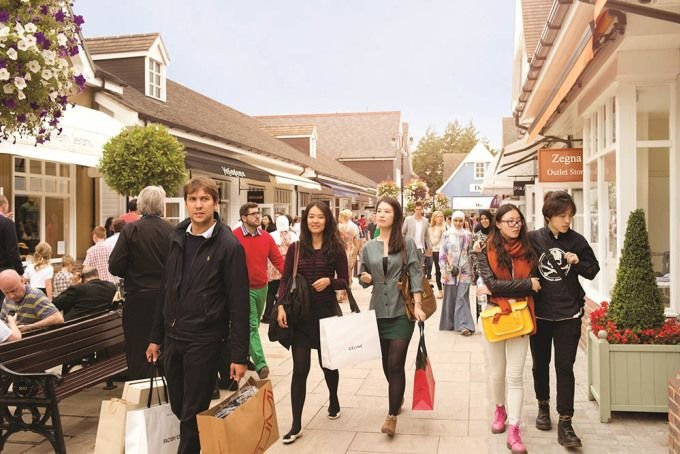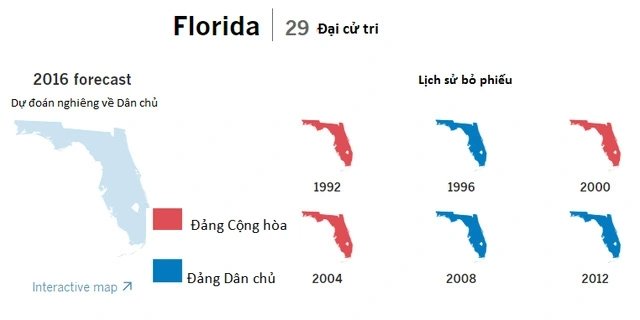
Currently, if you take the train at 10 a.m. from Marylebone district, London to Bicester village, England on any day of the week, you can see it is much more deserted than the summer 3-4 years ago.
Before the epidemic, each year Bicester village welcomed about 6 million visitors, more than 1 million from China.
Britain is a popular destination for Chinese tourists.
Most Chinese visitors stop in London.
Trier, located on the banks of the Moselle River in western Germany, is a popular tourist destination because it is the birthplace of Karl Marx.
Southeast Asia is no exception.
On This Week, experts pointed out that India is an important market but at present and in the near future, it cannot compensate for the absence left by Chinese visitors.
The same thing happened with Thailand, where more than 221,000 Indians visited in the past six months.
In addition to quantity, Chinese tourists also have high spending ability.
According to data published by Statista, in 2016, Chinese tourists accounted for 21% of worldwide tourism spending, with 261 billion USD.
Before 1974, Chinese tourists were still a strange concept in the world.
Currently, China is gradually making more open moves.








